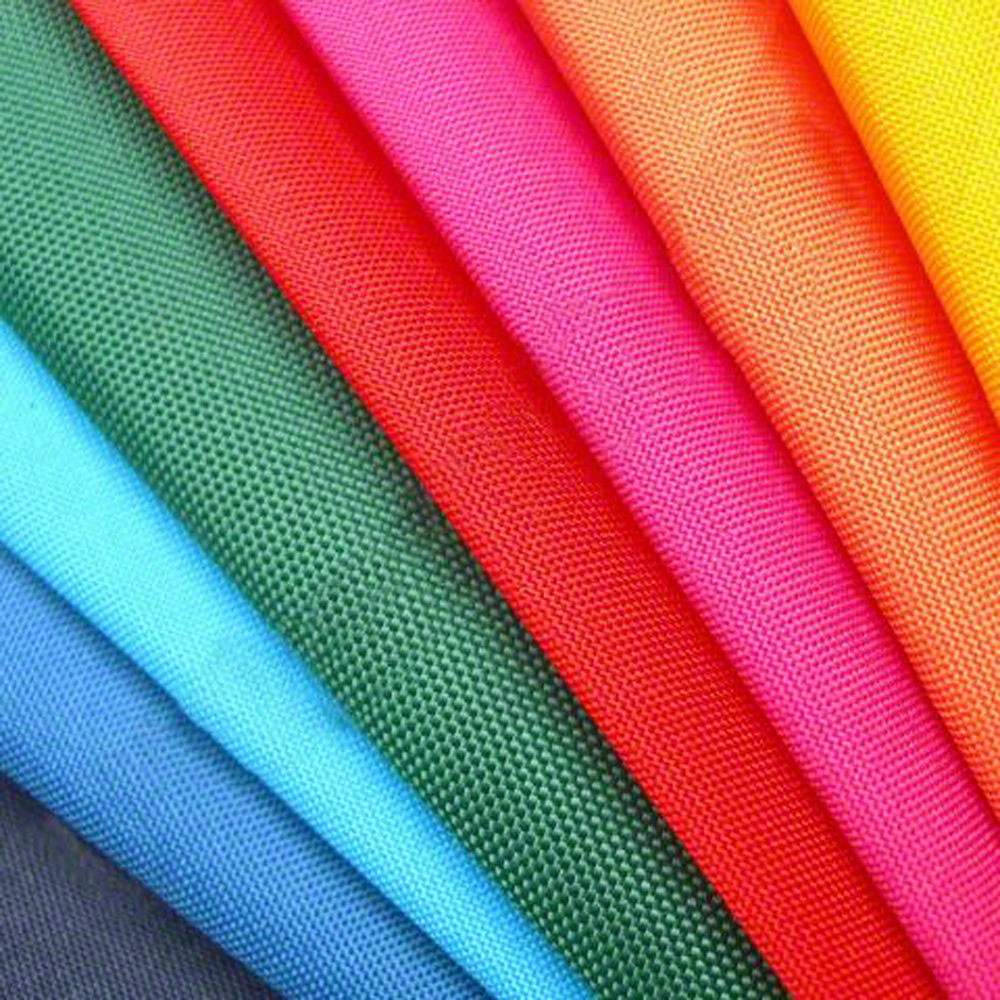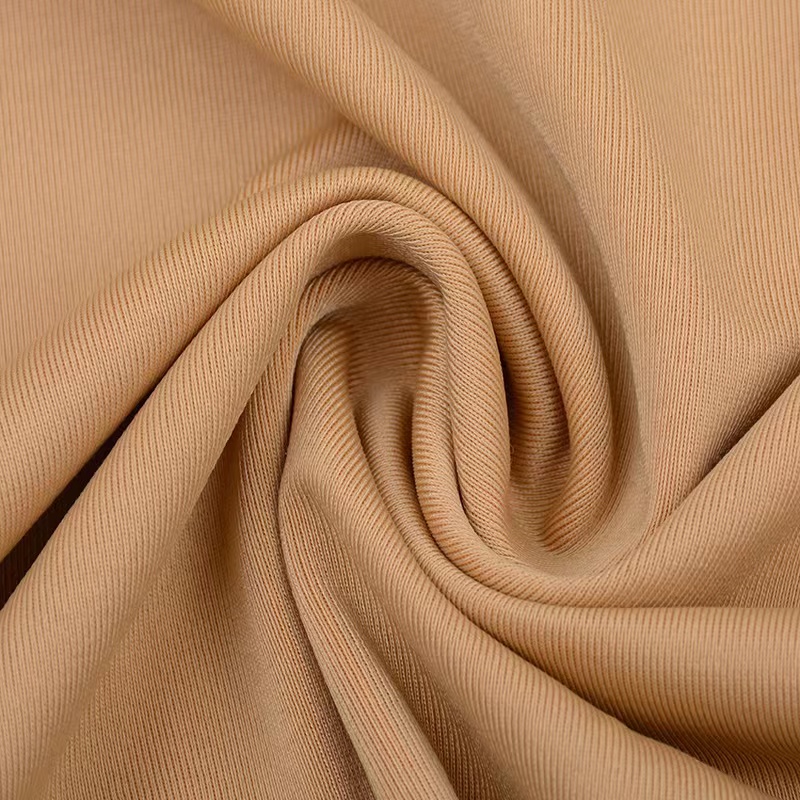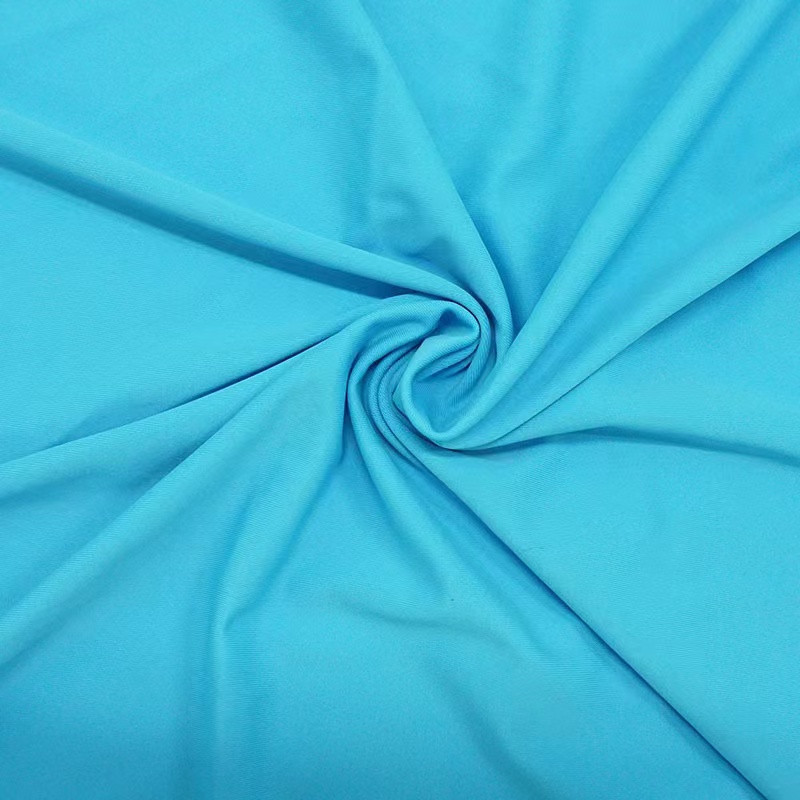Content Menu
● Introduction to Swimsuit Materials
>> What You Will Learn
● Types of Swimsuit Materials
>> 1. Nylon
>> 2. Polyester
>> 3. Spandex (Lycra or Elastane)
>> 4. PBT (Polybutylene Terephthalate)
>> 5. Neoprene
● Properties of Swimsuit Fabrics
>> Stretchiness
>> Durability
>> Quick-Drying
>> UV Protection
● Choosing the Best Swimsuit Material
>> For Recreational Swimming
>> For Competitive Swimming
>> For Beachwear
● Fun Facts About Swimsuit Fabrics
>> Historical Swimsuits
>> High-Tech Swimwear
● Conclusion
● Frequently Asked Questions (FAQs)
>> Why do swimsuits need to stretch?
>> What is the best swimsuit fabric?
>> Do swimsuit fabrics protect against the sun?
Introduction to Swimsuit Materials
Have you ever wondered what makes swimsuits so special? The secret lies in the swimsuit material used to make them! In this blog post, we will dive into the fascinating world of swimsuit materials. Swimsuit fabrics are designed to be comfy, stretchy, and perfect for swimming.
What You Will Learn
Throughout this article, you will learn about the different types of swimsuit fabrics and what makes each one unique. We will explore their special features, like how they feel when you wear them and how they help you swim better. You'll also get some great tips on choosing the best swimsuit material for your needs. So, get ready to make a splash with your new knowledge!
Types of Swimsuit Materials
1. Nylon
Nylon is one of the most popular materials used in swimsuits. Known for its lightweight and quick-drying properties, nylon is ideal for swimwear. It offers excellent elasticity, allowing for a snug fit that enhances movement in the water. Nylon is also resistant to abrasion, making it durable for frequent use.

2. Polyester
Polyester is another widely used material in swimwear. It is highly resistant to chlorine, which makes it a preferred choice for competitive swimming and regular pool use. Polyester swimsuits retain their shape and color over time, even with prolonged exposure to sunlight and water.

3. Spandex (Lycra or Elastane)
Spandex, also known as Lycra or Elastane, is often blended with other materials like nylon or polyester to provide stretch and flexibility. This material allows swimsuits to fit closely to the body, providing support and reducing drag in the water. Spandex is known for its ability to return to its original shape after stretching.

4. PBT (Polybutylene Terephthalate)
PBT is a type of polyester that is gaining popularity in swimwear. It offers excellent chlorine resistance and elasticity, similar to spandex. PBT is often used in competitive swimwear due to its durability and ability to maintain its shape.

5. Neoprene
Neoprene is a synthetic rubber material commonly used in wetsuits. It provides thermal insulation, making it suitable for cold water swimming. Neoprene is thicker than other swimsuit materials, offering buoyancy and protection against the elements.

Properties of Swimsuit Fabrics
Swimsuit fabrics have special swimsuit material properties that make them perfect for splashing around in the water. Let's dive into what makes these fabrics unique!
Stretchiness
One of the coolest things about swimsuit fabrics is their stretchiness. This means they can stretch and move with your body. When you swim, you want your swimsuit to fit snugly but not be too tight. Stretchy fabrics help keep the swimsuit in place while letting you swim freely. This makes swimming much more comfortable!
Durability
Swimsuits are often used in pools with chlorine, which can be tough on materials. That's why durable fabrics are so important. The best swimsuit materials are made to last, even with lots of swimming and splashing. Durable fabrics won't rip easily, so you can enjoy your swims for a long time.
Quick-Drying
No one likes to be wet for too long after swimming! That's why quick-drying materials are super helpful. When you get out of the water, these fabrics dry fast, so you stay comfortable. Quick-drying swimsuits let you jump right back into fun without feeling soggy.
UV Protection
Some swimsuit fabrics also offer UV protection. This means they help block harmful sun rays from reaching your skin while you're swimming or playing on the beach. Wearing a swimsuit with UV protection is a smart way to keep your skin safe while you enjoy the sun!
Choosing the Best Swimsuit Material
When picking a swimsuit, the best swimsuit material is super important. Different fabrics can change how a swimsuit feels and how well it works for you. Here are some tips to help you find the right swimwear fabric choices based on what you need.
For Recreational Swimming
If you plan to swim for fun, you should look for materials that are comfy and stylish. Fabrics like nylon and spandex are great because they stretch and fit well. You can enjoy playing in the water without feeling restricted. Choose bright colors or fun patterns to show off your style while having a blast!
For Competitive Swimming
For those who swim fast and want to win races, the material is key. Look for fabrics like polyester and special blends that reduce drag in the water. These swimwear fabric choices help you move more easily and can make you feel lighter in the pool. Also, choose materials that are durable so they last longer, even after many swims in chlorinated water.
For Beachwear
If you're heading to the beach, comfort and style are still important! Fabrics like lightweight polyester can keep you cool. Also, look for materials that dry quickly so you can enjoy building sandcastles without feeling wet all day. Choose colors and designs that make you feel happy and ready for a fun day in the sun!
Fun Facts About Swimsuit Fabrics
Swimsuit material is not just about looking good; it has a rich history and fascinating features! Let's dive into some fun facts about swimsuit fabrics that will make you appreciate your swimwear even more!
Historical Swimsuits
Did you know that swimsuits used to be made from wool? Back in the day, people wore heavy wool swimsuits to swim in the ocean! As time went on, swimsuit fabric types changed a lot. By the 1920s, swimsuits began to be made from lighter materials like cotton and silk. Now, we use super cool materials like nylon and spandex that make swimming more fun and comfy!
High-Tech Swimwear
Technology has really changed the way swimsuits are made! Today, many professional athletes wear high-tech swimwear designed with special features. Some swimsuits are made to reduce drag in the water, which helps swimmers go faster. Others even have tiny bubbles on the fabric to help with speed. These advanced swimsuit materials show just how far we've come from those old wool suits!
Conclusion
As we explore the world of swimsuit material, it becomes clear that choosing the right swimsuit fabric is essential for comfort and performance. From the stretchy and quick-drying properties of nylon to the durable nature of polyester, each type of swimsuit fabric has its unique features. Understanding these swimsuit material properties helps you make informed decisions when selecting swimwear for different activities.
Remember, the best swimsuit material can vary based on what you need. Whether you're looking for something casual for a day at the pool, a competitive suit that enhances your speed, or stylish beachwear that feels great, there are plenty of swimwear fabric choices available. By keeping in mind the qualities of each fabric type, you can find the perfect swimsuit that not only looks good but also feels good to wear.
So, dive in and enjoy your swimming adventures with the right swimsuit material that suits your style and needs!
Frequently Asked Questions (FAQs)
Why do swimsuits need to stretch?
Swimsuits need to stretch so they can fit well on our bodies. When we swim, we move around a lot. Stretchy materials help the swimsuit stay snug and comfortable. This way, we can swim freely without worrying about our swimsuit slipping off!
What is the best swimsuit fabric?
The best swimsuit fabric really depends on what you need it for. If you are swimming for fun, you might want a soft and comfy fabric. For athletes, a material that helps them swim faster with less drag could be the best choice. Remember, everyone's preference is different, so pick what feels right for you!
Do swimsuit fabrics protect against the sun?
Yes, some swimsuit fabrics can protect your skin from harmful UV rays. These special fabrics help keep you safe while you enjoy the sun. It's important to wear sunscreen too, but having suits made from UV-protective materials is a great extra layer of safety!




































































